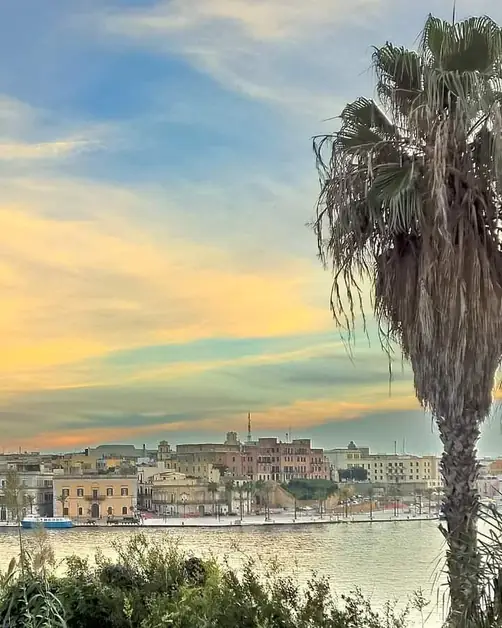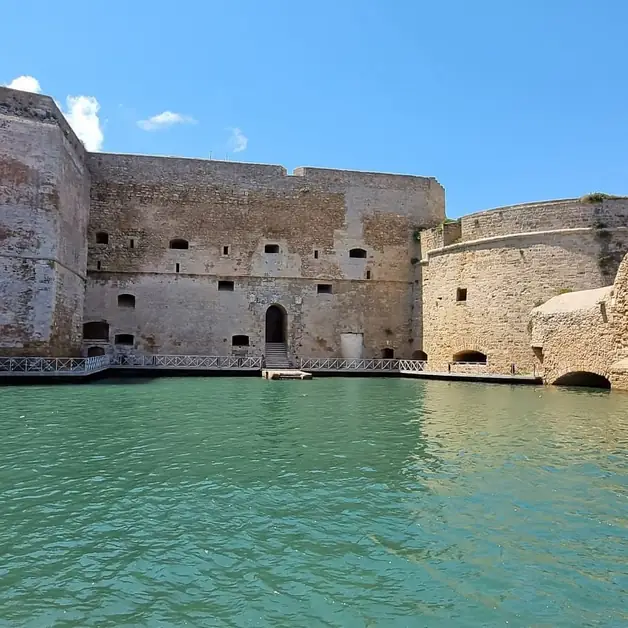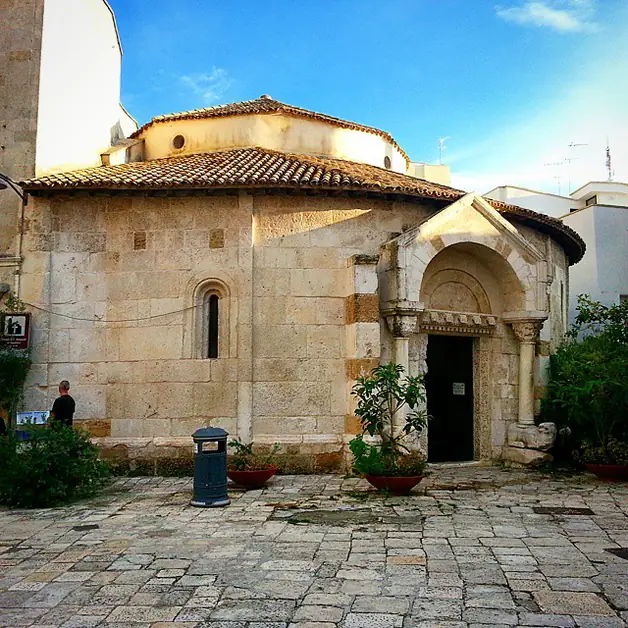The historical significance of November 9 in Brindisi
November 9, 1225 marks the wedding of Frederick II and Isabella of Brienne in Brindisi, a historically significant event.

Why is November 9 such an important date for Brindisi?
November 9 is undoubtedly one of the most significant dates for the city of Brindisi. On this day, in 1225, the Cathedral of Brindisi was the scene of a historic wedding: that of Frederick II of Swabia, emperor of the Holy Roman Empire, and Isabella of Brienne, queen of Jerusalem. The event represented one of the most solemn moments of the Middle Ages and deeply marked the history of the Apulian city.
Who were Frederick II and Isabella of Brienne?
Frederick II was one of the most fascinating and complex emperors in European history. Born in Jesi in 1194 and raised in Palermo, he spoke several languages and loved science, culture, and philosophy. He was known as Stupor Mundi, the wonder of the world, for his intelligence and political vision. Isabella of Brienne, on the other hand, was the daughter of John of Brienne, titular king of Jerusalem, and descended from a noble French house linked to the Crusades. Their marriage was a union between two worlds: the imperial West and the crusading East.
Why was the marriage between Frederick II and Isabella of Brienne celebrated in Brindisi?
In the 13th century, Brindisi was one of the most important ports of the Kingdom of Sicily. From here, ships headed to the Holy Land and the East. The city thus represented the perfect symbol of the meeting between civilizations and the Crusades. Moreover, its strategic location made it ideal for hosting an event of international significance, under the watchful eye of the imperial court and the Church.
Who wanted the marriage between Frederick and Isabella?
It was Pope Honorius III who promoted the union between Frederick II and Isabella of Brienne. The pope's goal was to strengthen the ties between the Empire and the crusading cause at a time when Christian Europe was seeking to reclaim Jerusalem. Isabella brought with her the rights to the Kingdom of Jerusalem, while Frederick, by accepting the marriage, obtained a title and a pretext to intervene in the East as the legitimate king.
How did the wedding on November 9, 1225, take place?
The chronicles of the time recount that the marriage took place with great pomp and solemnity in the Cathedral of Brindisi. The city was decorated for the occasion, and the Swabian court, with knights, ladies, and dignitaries, transformed the streets into a stage of medieval splendor. Frederick II, loved and feared, appeared in all his imperial charisma, while Isabella, young and regal, was welcomed with respect and curiosity.
What did Brindisi represent in the Middle Ages?
In the 13th century, Brindisi was a true crossroads of the Mediterranean. Its port connected Italy with Greece, Albania, Cyprus, and the Holy Land. It was a rich and lively city, frequented by merchants, knights, clergy, and pilgrims. Hosting an imperial wedding meant confirming Brindisi's central role in the geopolitics of the time and consecrating it as a symbolic place of meeting between the West and the East.
What happened after the marriage between Frederick II and Isabella of Brienne?
After the wedding, Isabella was crowned queen of Jerusalem, while Frederick assumed the title of king of Jerusalem by marital right. A few months later, the emperor began preparations for the Sixth Crusade, a diplomatic and military expedition aimed at bringing the holy city back under Christian control. The marriage, therefore, was not just a private event but a piece of a larger political design.
Where did Frederick and Isabella stay after the wedding?
According to some local chronicles and oral tradition, after the wedding the imperial couple stayed for a few days at the Swabian Castle of Oria. The fortress, located on a hill between Brindisi and Taranto, was an ideal fortified residence to ensure privacy and security. Legends say that Isabella loved to look out from the castle towers to admire the Apulian countryside, while Frederick planned his future campaigns in the East.
What legends have arisen around the marriage in Brindisi?
Like every historical event of great fascination, the wedding between Frederick and Isabella is surrounded by legends. It is said, for example, that during the ceremony in the Cathedral, a white dove landed on the altar, a symbol of peace and good omen. Another legend claims that the streets of Brindisi were strewn with flowers and spices, and that the inhabitants offered wine and sweets to all participants, in a sign of joy for the imperial union.
What is the connection between Frederick II and Apulia?
Frederick II deeply loved Apulia. He considered it the heart of his empire and left numerous traces: castles, cathedrals, and administrative centers. From Castel del Monte to Lucera, from Foggia to Oria, the emperor made the region a political and cultural laboratory. The marriage in Brindisi was yet another sign of his bond with this land, which united sea, history, and culture in perfect balance.
What can tourists visit today in Brindisi to relive that historical period?
Those who visit Brindisi today can still breathe the atmosphere of that day in 1225. The Cathedral of Brindisi, with its Romanesque façade and mosaic floors, is the ideal starting point. Next to it, the Giovanni Tarantini Diocesan Museum preserves works of art and artifacts that tell the religious history of the city. Strolling through the historic center, one can admire the remains of Roman columns and the port, from which crusader ships and imperial expeditions set sail.
What makes the Cathedral of Brindisi unique?
The Cathedral, dedicated to St. John the Baptist, is one of the masterpieces of Apulian Romanesque architecture. Although damaged by the earthquake of 1743, it still retains part of its original structure and an austere charm. Entering the cathedral, one can imagine the scene of November 9, 1225: the altar illuminated by candles, liturgical chants, armored knights, and the emperor pronouncing his yes before God and history.
Why is this event important for European history?
The wedding in Brindisi was not just a local moment but an international political event. The union between Frederick and Isabella sanctioned the alliance between the Holy Roman Empire and the Kingdom of Jerusalem, opening a new phase in relations between Europe and the East. Brindisi became, for one day, the center of the medieval world.




